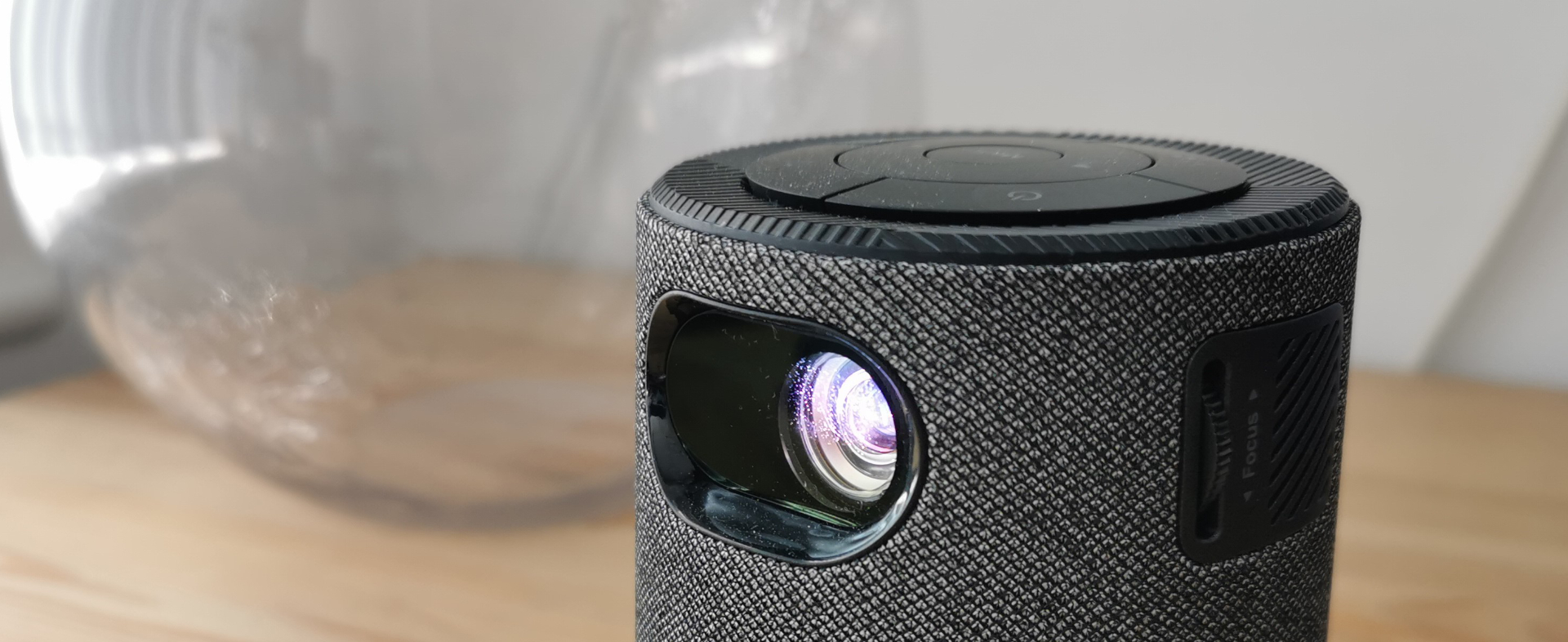TechRadar Verdict
As cute as the L1 is, 720p upscaled projection isn’t ideal. And, Android with a third-party app store is a mistake. Asus still has work to do to make the Latte L1 a more flexible device.
Pros
- +
Cute form factor
- +
Doubles as a speaker
- +
Android-based
Cons
- -
Only 720p native resolution
- -
Technical niggles
- -
No Google Play Store
- -
Can’t be USB powered or charged
Why you can trust TechRadar
Projection is the display technology that won’t quietly go away, it appears. The humble cathode ray tube is all but extinct, while the projector has outlived the flat screen revolution and still offers some niche uses.
Part of the answer to this longevity is products like the ASUS ZenBeam Latte L1, a go-anywhere projector that can provide a display in locations you couldn’t easily take a big TV or monitor.
Is this your cup of coffee, or does the need to work with batteries burden the Latte L1 with just too many limitations?
- Check out the best projectors and best outdoor projectors out there
Price and availability
The typical UK price for the Latte L1 is £399.99 from Amazon UK and $399.99 from US online retailers.
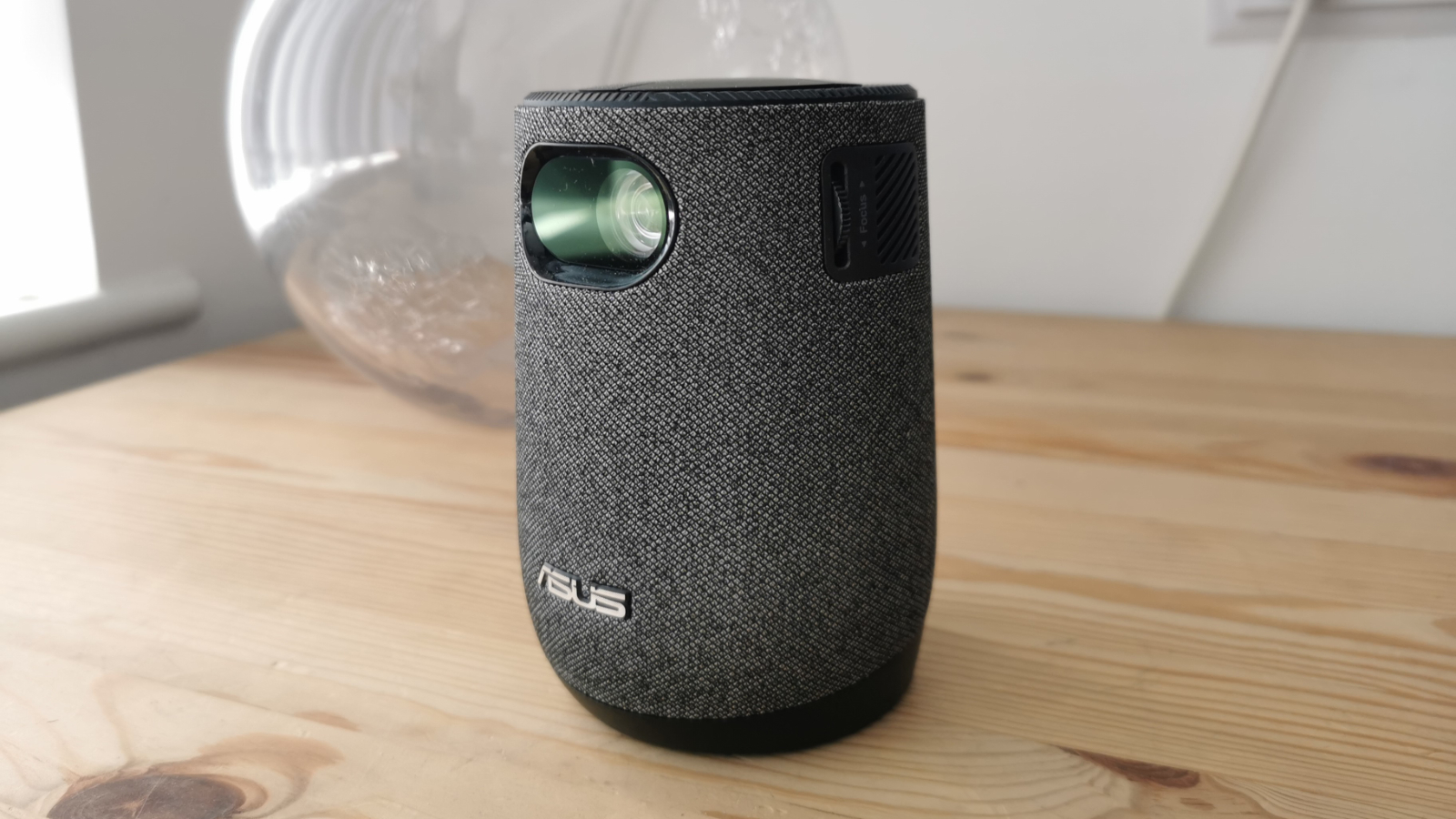
Design
Native resolution: 720p HD(1280 x 720 pixels)
Maximum resolution input: 1080p (1920 x 1080 pixels)
Lightsource: LED
Bulb Lifespan: 30000 Hours
Contrast Ratio: 400:1
Colour Gamut: 120% of sRGB
Throw Ratio: 1.2:1
Projection Distance: 0.8-3.2m
Projection size: 30-120 inches
Zoom: Fixed
Focus: Manual
Speakers: 2x 5W by Harman/Kardon
Ports: HDMI (x1) and USB-A (Power output 5V/1A)
Networking: WiFi and Bluetooth
Battery Capacity: 22Wh ( up to 3 hours video projection)
Accessories: Soft carry bag with wrist strap, charger, remote control
That this product ended up being called the Latte is undoubtedly a combination of its coffee cup shape and the perceived market it's likely to sell into.
It embodies an oddly anachronistic to-go mentality, ironically in a world where most people aren’t going anywhere in a hurry, currently.
But, as we’ve come to expect from Asus, this is a very elegantly engineered and designed device that has a fabric surface that feels good to handle.
To project it on its travels, Asus include a soft zipped cover, and it also is protected inside its box by a stiff cardboard tube. Along with the L1 you get a wrist strap that connects to the softcover, a laptop-style PSU for charging, a small remote. And, ours also had two power cables designed for the US and EU markets.
As projectors go, the Latte L1 has all the typical features you might expect, but they’ve been organised around the cylindrical shape rather than a box.
Inputs include the charging power line, USB and full-size HDMI, all around the bottom rear edge. On the side is an air vent for cooling, and nearer the top is the focus wheel, infra-red remote sensor, and lens assembly.
And finally, on top is the same menu and function selection that all projectors these days come, and all these functions are replicated on the remote.
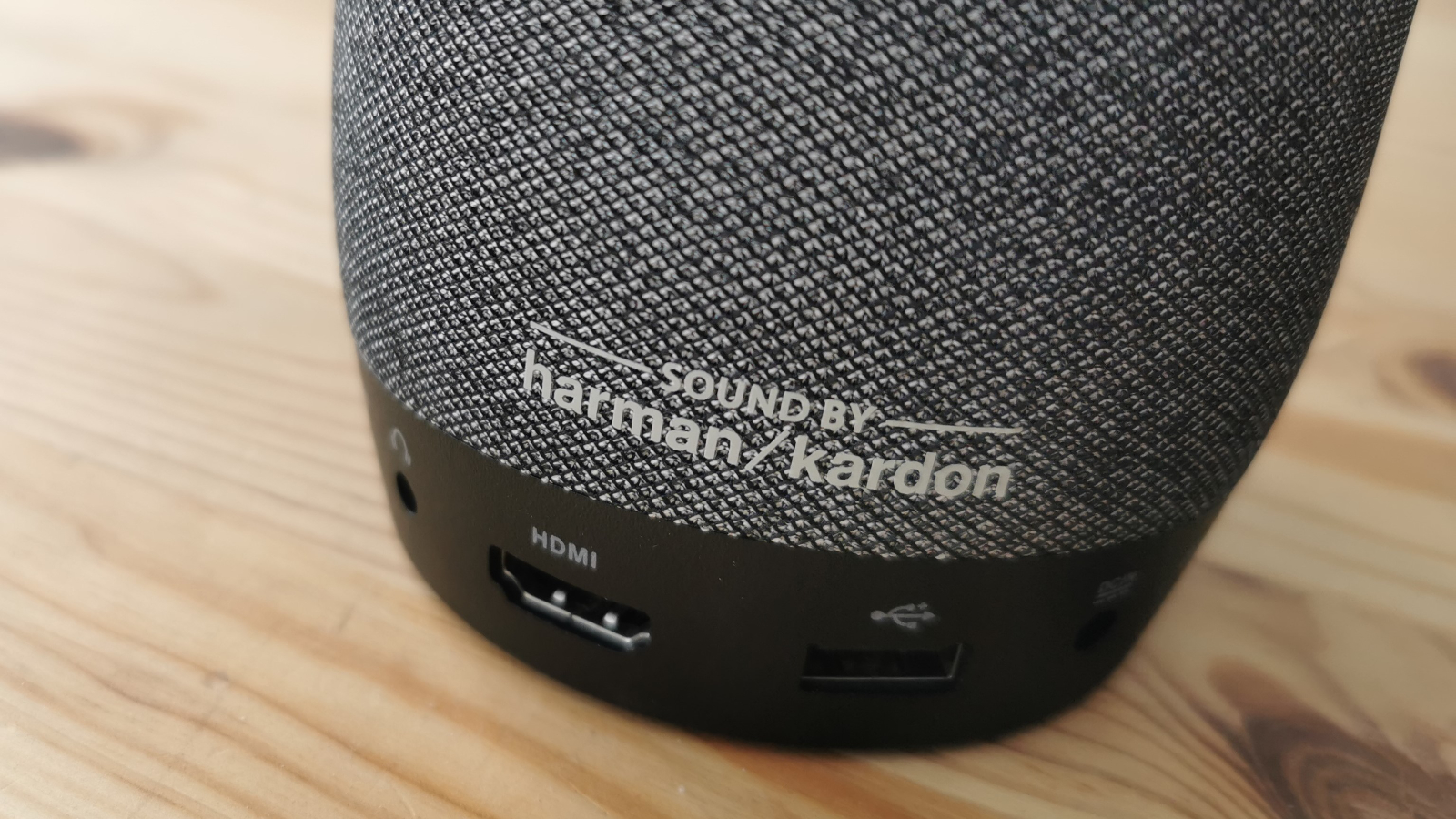
While it is designed to sit on a coffee table, a tripod compatible threaded hole on the base allows it to be inverted with a ceiling mount.
Our initial reception of this hardware was a positive one, as it was mostly an intuitive design that had many of the features we'd expected from a portable projector.
But, as with most projectors, the devil is in the detail.
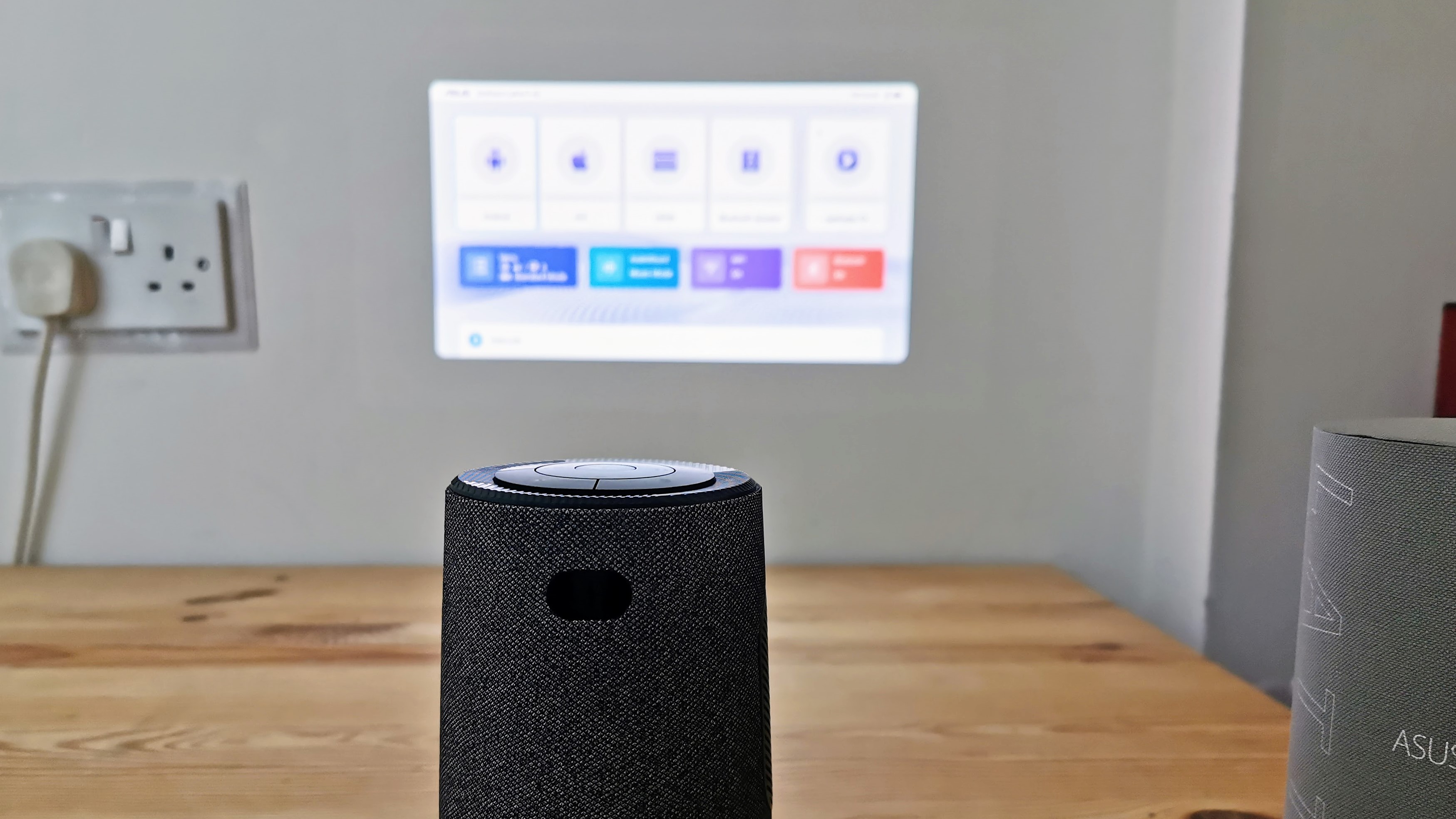
In Use
Setting this device up is straightforward, assuming you have a surface to aim it at and you’re not expecting it to work outside in bright sunlight.
Once powered up, you are presented with a basic menu that lets you define the configuration with WiFi access passwords and connect the Latte to Android and iOS phones.
Under the skin, this is an Android distribution built around a 64-bit ARM SoC, and it essentially works like a phone or tablet using that OS.
And this, regrettably, where our Latte L1 review took a sharp left turn. Or, more specifically, when we tried to augment the default application set with a few to our liking.
It was then that we discovered that Asus chose not to make this a Google compliant device, which means no official Play Store access. Instead, users are provided with Aptoide Tv, an alternative store with a much more limited selection of applications that can be installed.
It wasn’t a good sign that Asus mislabelled ‘Apdtoide TV’ on the menu, and when we discovered that it uses Facebook logins as its account control mechanism, we became even less enthusiastic about it.
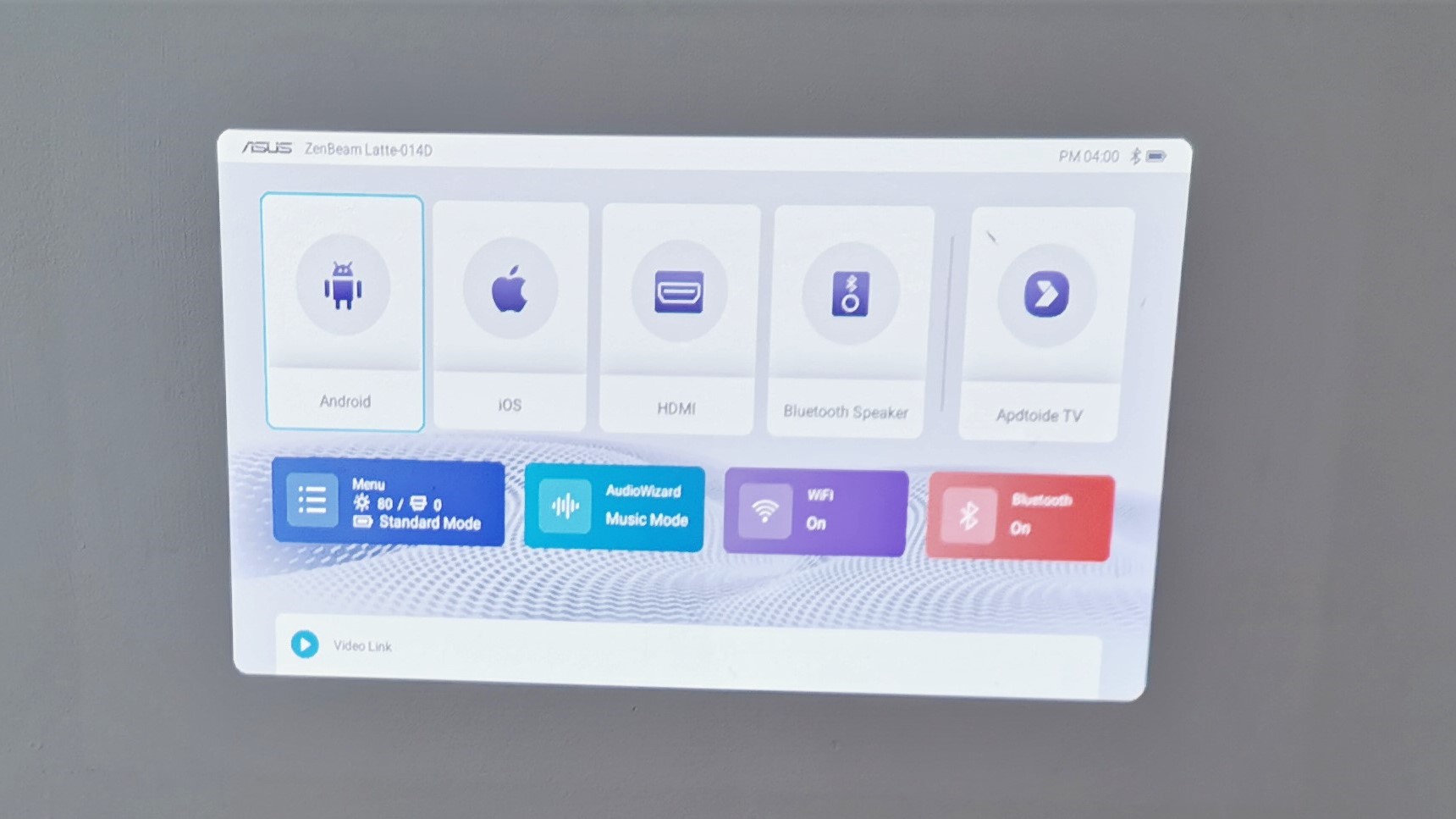
Our scepticism about this choice appeared well-founded when we tried to install some apps, and the device refused to comply with these requests. Despite a solid wireless connection, apps wouldn’t install despite numerous attempts and resets.
A quick search around the internet revealed that this isn’t a new scenario to those that have used Aptoide Tv in the past.
In our attempts to resolve this issue, we tried to upgrade the firmware of the Latte L1, as a newer release was available from Asus. The device refused, insisting that the update it chose to download wasn’t for this device, confusingly.
And, after several failed attempts to resolve this with Asus support, we drew a line under Aptoide Tv and the Latte L1.
In short, given its record of accomplishment, we’re confident that Asus will address these issues soon, and they may have done that by the time you read this. But, going with an obscure app store source and not having a more robust upgrade mechanism for the device does make the Latte L1 feel more like a work in progress than a finished commercial offering.
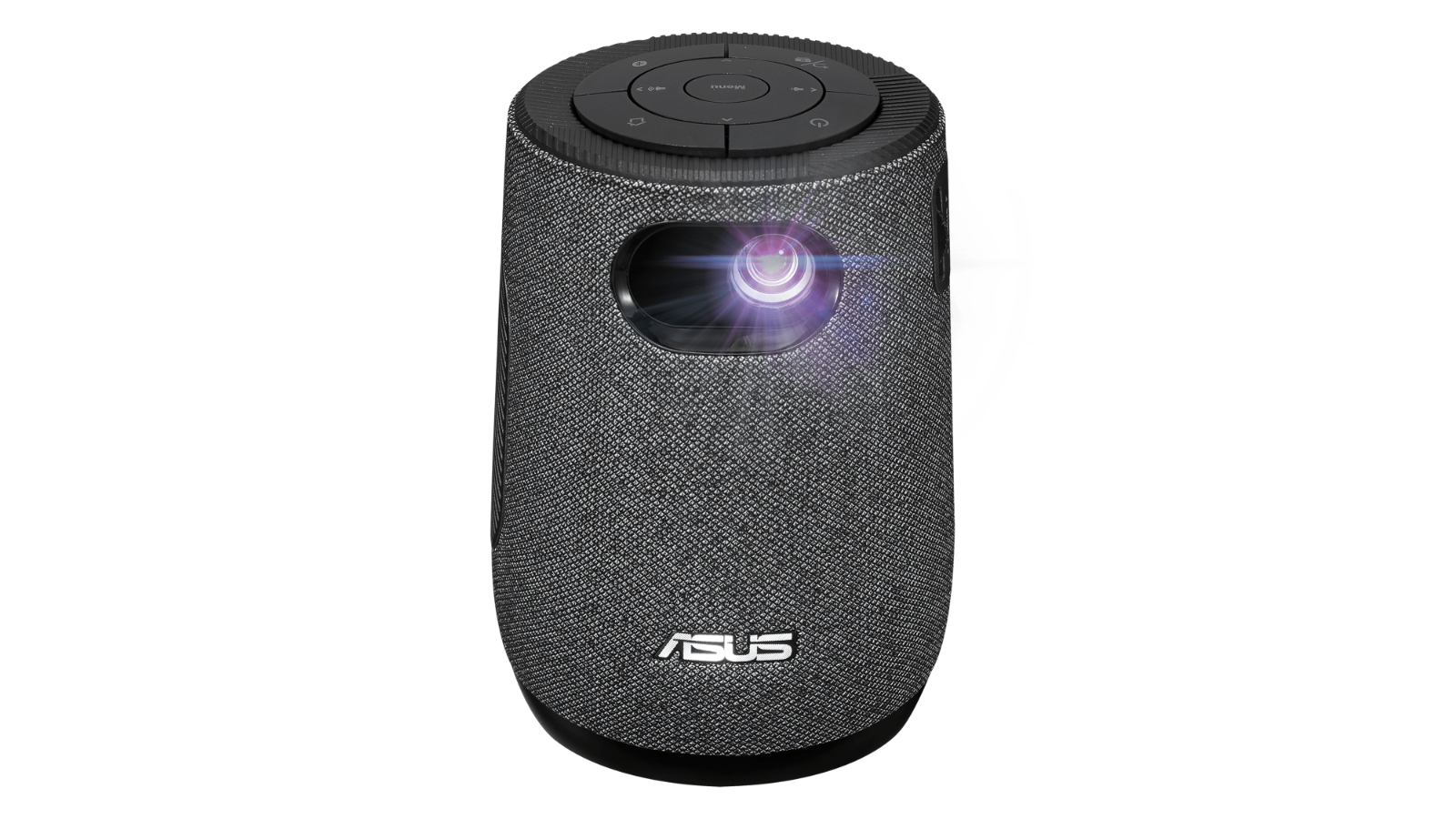
Competitors
There are many unknown brands making low-cost portable projectors that use LED lamps and LCD panels, all for a fraction of what the Latte L1 costs.
But, established brands are generally much closer to the cost of Latte.
The ViewSonic M2e is a 1080p native LED projector with a 1000 (LED Lumens) lamp and USB-C connections, all for £551.04 in the UK or $559.99 in the US. Admittedly that price doesn’t include a battery, but the specification of the device is better in almost every respect.
Another alternative is the Anker Nebula Capsule II Projector, a device that bears some similarity to the Latte in form factor. It offers 200 ANSI lumens, 720p resolution, Android TV and 2.5-hour battery life for video. That device can be found for as little as £379.99 in the UK and for around $430 from a US online retailer.
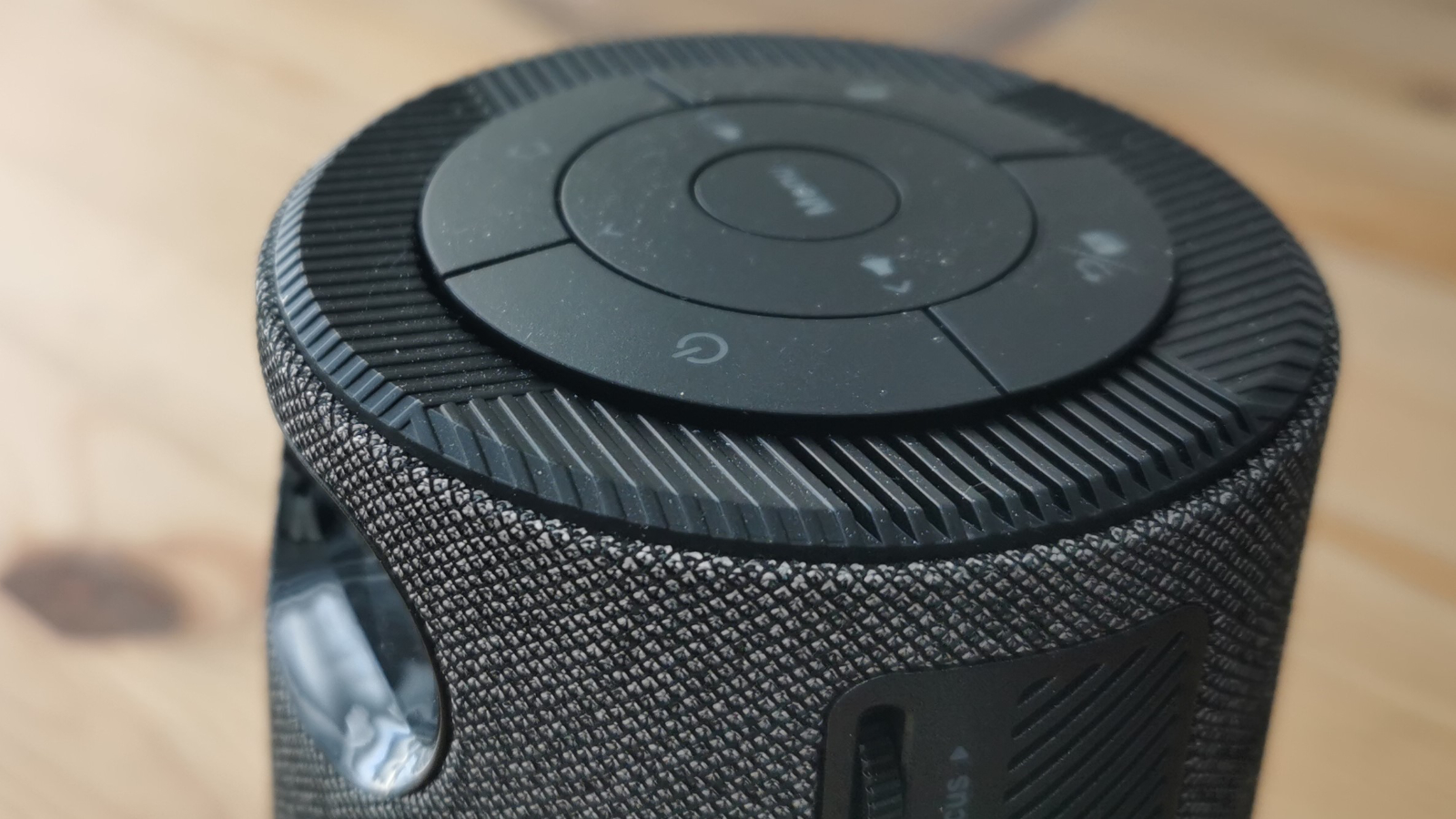
Final verdict
Putting aside that you can buy a conventional projector for this money and get higher resolutions and a brighter projection, the big selling points of this device are its portability and the flexibility that provides.
It is highly transportable, even if Asus dropped the ball in the charging mechanism, limiting its useful life to just three hours on battery. Where it is slightly less impressive is in respect of flexibility, since it lacks a few features that we’d have reasonably expected.
Since it includes a USB port, you could connect external drives to the Latte and then play contents from them, but there is no default mechanism or applications to do this, oddly.
Yes, using Aptoide Tv you could load equivalent tools, but they should have been inherent or pre-loaded. And again, there are no pre-installed DLNA compliant apps to source video files from networked storage, even if you should be able to install them.
Therefore, this device expects some significant work on the owner's part to give it the functionality it should have had from the outset. But those aren’t the only issues here.
Users mostly likely are seeing 1080p as a very minimum quality they’d accept, that this device uses upscaling to deliver that probably isn’t good enough. The projection is clean and well saturated, but larger projections reveal the lack of definition in the image.
And, the final snag is the price, which for a 720p LED projector is decidedly on the high side, given some of the alternatives offer 1080p native projection for the same or less.
As cute as the Latte L1 looks and as portable as it is, this isn’t the best mobile projection solution we’ve seen, and it isn’t cheap enough to be an impulse purchase.
Note: Since our review was written, Asus has released a firmware update for the Latte L1 that they assure us has addressed the interface issues that we detailed. Anyone buying this product today should receive one that has this improved firmware.
Mark is an expert on 3D printers, drones and phones. He also covers storage, including SSDs, NAS drives and portable hard drives. He started writing in 1986 and has contributed to MicroMart, PC Format, 3D World, among others.
